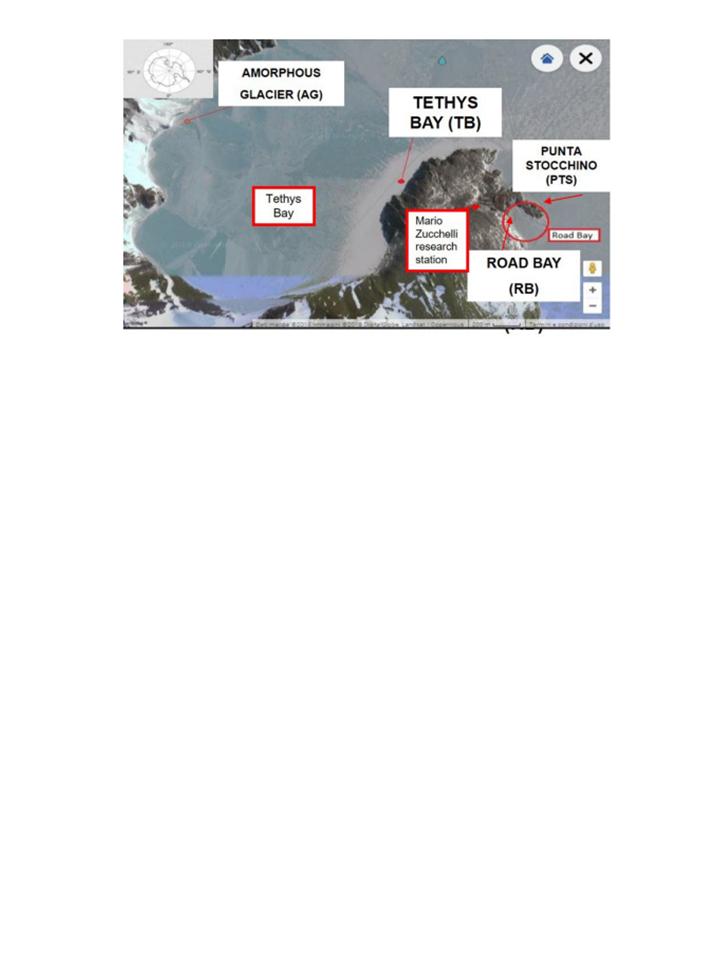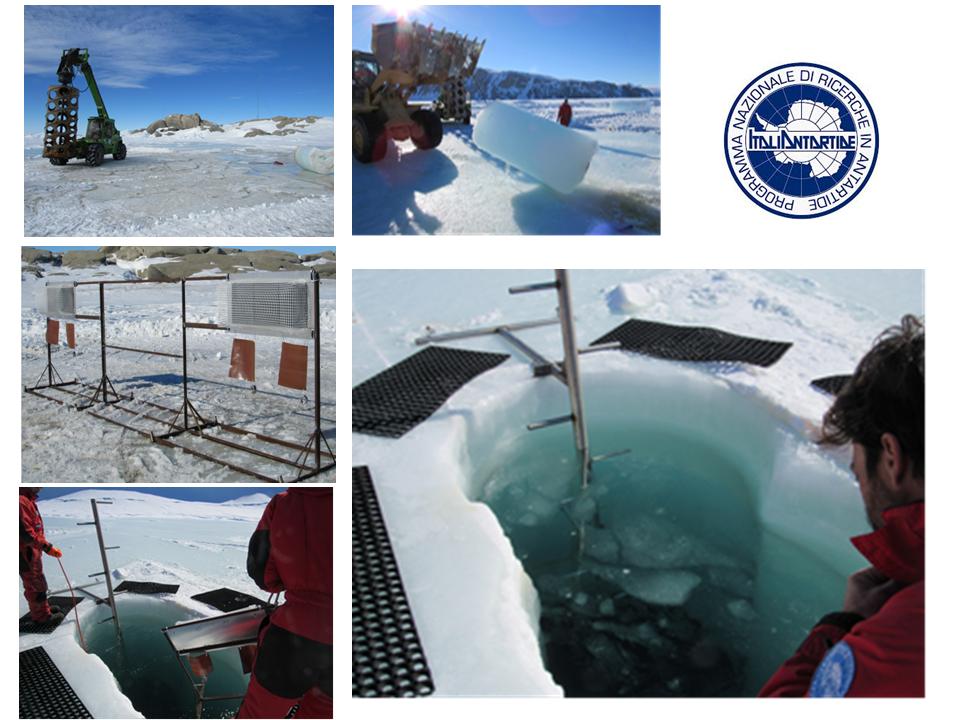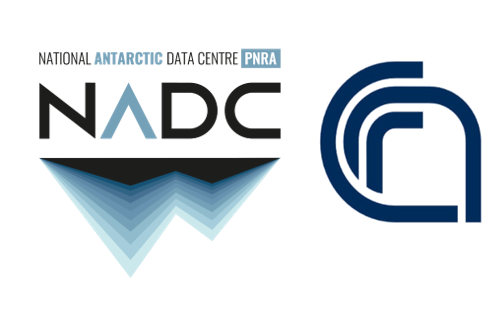Microbial colonization of benthic ANTarctic environments: response of microbial abundances, diversity, activities and larval settlement to natural or anthropogenic disturbances and search for secondary metabolites (ANT-Biofilm, PNRA16_00105)
The ANT-Biofilm research project (PNRA16_00105) concerned the study of microbial colonization processes in coastal environments of Terra Nova Bay (Ross Sea), through the analysis of the microbial biofilm (bacteria, microalgae) and macrobenthic settlement on plastic substrates, with the aim of determining their possible variations caused by natural or anthropogenic disturbances (variations in salinity or the presence of contaminants, respectively).
Microbial biofilms, which play a key role as a substrate for larval settlement of many species of invertebrates, constitute hot-spots of microbial diversity; and it is also known that the communities a microbial are capable of responding rapidly to changing environmental conditions, acting as potential "sentinels" of natural or anthropic perturbations that recently are threatening the Antarctic biota. During the first year of activity (XXXIII Italian expedition, November 2017) stainless steel structures were fixed on the seabed of Road Bay and Tethys Bay mounting panels of artificial substrates (Polyvinyl Chloride, PVC and PolyEthylene, PE) for colonization, which during the XXXIV expedition (November 2018) were retrieved in order to study the fouling formation processes at different levels of biological complexity (from microbial community including bacteria and microalgae to benthic invertebrates) and to evaluate their evolution in two coastal sites differently exposed to natural or anthropogenic forcings.
Simple
- Date (Creation)
- 2023-03-15
- Identifier
- https://antarcticdatacenter.cnr.it/geonetwork/srv/api/records/8b1f65dc-0568-4fb0-943c-029a96e2654a
- Purpose
-
The specific objectives of the project were:
1. to evaluate in two different sites of Terra Nova Bay the short- and medium-term response (in terms of abundance and activity) of the microbiota and of the larval settlement to natural perturbations
(as salinity gradients due to the melting of the Amorphous Glacier at Tethys Bay) or anthropic perturbation (such as that due to the wastewater inputs at Road Bay);
2. to improve knowledge of structure-function relationships within the microbial community and to explore possible links between microbial biofilm diversity and macrobenthos colonization;
3. to screen microbial isolates for their ability to produce biofilm and secondary metabolites (e.g
with antibiotic or immunosuppressive function), and to secrete hydrolytic enzymes;
4. to characterize the study sites according to their physicochemical, trophic and microbiological features
Summary of the intentions with which the resource(s) was developed.
- Status
- Completed
- Maintenance and update frequency
- Not planned
-
GEMET - INSPIRE themes, version 1.0
-
-
Coordinate reference systems
-
-
GCMD - Science Keywords
-
-
MARINE ECOSYSTEMS
-
MICROALGAE
-
MICROFAUNA
-
ANIMAL ECOLOGY AND BEHAVIOR
-
BACTERIA/ARCHAEA
-
-
GCMD - Providers
-
-
IT/PNRA
-
-
PNRA project
-
-
ANT-BIOFILM PNRA16_00105
-
- Use limitation
- Creative-Commons CC BY-NC-SA 4.0
- Unique resource identifier
- PNRA16_00105
- Association Type
- dependency
- Initiative Type
- Project
- Unique resource identifier
- NUMERO_SPEDIZIONE
- Association Type
- dependency
- Initiative Type
- Campaign
- Spatial representation type
- Text, table
- Denominator
- 1
- Metadata language
- English
- Character set
- UTF8
- Topic category
-
- Biota
- Environment
))
- Begin date
- 2017-11-22
- End date
- 2018-11-29 Now
- Unique resource identifier
- WGS84
- Distribution format
-
-
table
(
1
)
-
table
(
1
)
- OnLine resource
- ANT-BIOFILM - PNRA project ( WWW:LINK-1.0-http--link )
- Hierarchy level
- Dataset
Domain consistency
Conformance result
- Date (Publication)
- 2010-12-08
- Explanation
-
This data set is conformant with the INSPIRE Implementing Rules for the interoperability of spatial data sets and services
- Pass
- Yes
- Statement
-
General information about the data origin and how it gets transformed along the way from the instrument to the database.
- File identifier
- 8b1f65dc-0568-4fb0-943c-029a96e2654a XML
- Metadata language
- English
- Character set
- UTF8
- Hierarchy level
- Dataset
- Date stamp
- 2025-05-12T14:21:04
- Metadata standard name
-
ISO 19139
- Metadata standard version
-
1.0
Overviews


Spatial extent
))
Provided by
